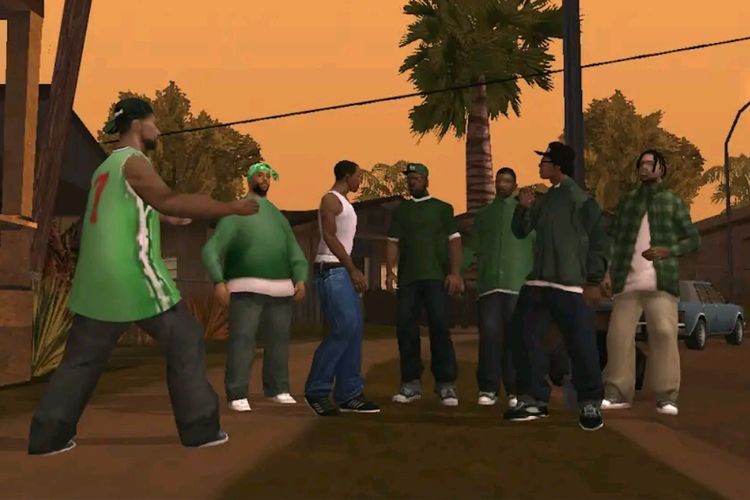Farmer handkerchiefs on car mirrors and inverted Dutch flags on lampposts, the farmers’ protests are fully visible. Farmers are supported not only on the street, but also through social media. Some messages circulate very quickly, but what is actually true? We checked this list, which is circulated via Facebook among supporters of the farmers.
Sanne Hoeks
—
The scrap paper paints a picture of the situation in the Netherlands in 1950 and now. This is what the letter reads:
–
Waiting for privacy settings…
–
As you can see, the number of inhabitants in the Netherlands has increased and the number of cows has remained about the same. The number of farms has fallen sharply, as has ammonia emissions. There are more than 63 times as many cars and 165 times as many Schiphol passengers.
Numbers checked
We checked these figures on the basis of data from Statistics Netherlands (CBS). Statistics Netherlands has the statutory duty to provide reliable statistical information and is independent.
The message of the list is clear: cars and Schiphol have become much more harmful to the environment, while farmers have remained more or less the same. In addition, ammonia emissions have even decreased.
Some figures on the scrap paper are (almost) correct, with other figures it is more nuanced. For example, the number of inhabitants and the number of farms are correct and the number of cars in 1950 is even slightly lower than stated: 121,000 instead of 140,000.
The number of passengers on flights arriving and departing from Schiphol was 25.4 million in 2021 and therefore not 58 million as stated on the scrap paper. But the number of passengers in 2021 and 2020 gives a distorted picture, because there were far fewer flights due to the corona crisis. Before corona, in 2019, there were about 71 million passengers at Schiphol.
Ammonia emissions unclear
The ammonia emissions now are approximately correct and are probably, just like on the scrap paper, less than in 1950. But we cannot say that for sure, because CBS only keeps track of this since 1990. So where the figure from 1950 comes from is a mystery.
Statistics Netherlands indicates that the peak of ammonia emissions was probably somewhere in the mid-1980s. “After that, manure legislation got underway with regulations for low-emission manure spreading and milk quotas. For years further back in time, the number of cattle, pigs and chickens gives an indication of ammonia emissions, with the caveat that the cow from 1950 is different from the cow. from 2022.”
–
 –
––
‘And now the farmer has done it’
Okay, so the numbers are partly correct, but what about the statement, “And now the farmer did it?”
That is a bit more nuanced. We asked special professor of economics and environmental policy at Tilburg University, Herman Vollebergh, to interpret the scrap paper. “These are interesting figures, but this is not the whole story. There are indeed about as many cows as in 1950, but they are kept much more intensively with a persistently high level of manure emissions.”
In addition, he says it is difficult to compare emissions from traffic and emissions from agriculture. “You cannot compare the effect of a kilogram of ammonia emissions from agriculture with a kilogram of nitrogen emissions from combustion engines of airplanes and cars. Moreover, nitrogen from agriculture precipitates much closer, which is why farms close to nature reserves are a bigger problem.”
Vollebergh adds: “In recent years, nitrogen emissions (emissions to the air) from industry and traffic have fallen enormously. Agriculture is lagging behind in this regard. But that does not alter the fact that nitrogen is not the whole story when it comes to nature conservation. There are several ways to improve the quality of our natural areas and reducing nitrogen emissions is just one of them.”
Conclusion
So the farmers have not necessarily ‘done it’, but the fact is that agriculture emits the most nitrogen of all sectors and that we notice the consequences closer to home than those of industry and traffic.
—


